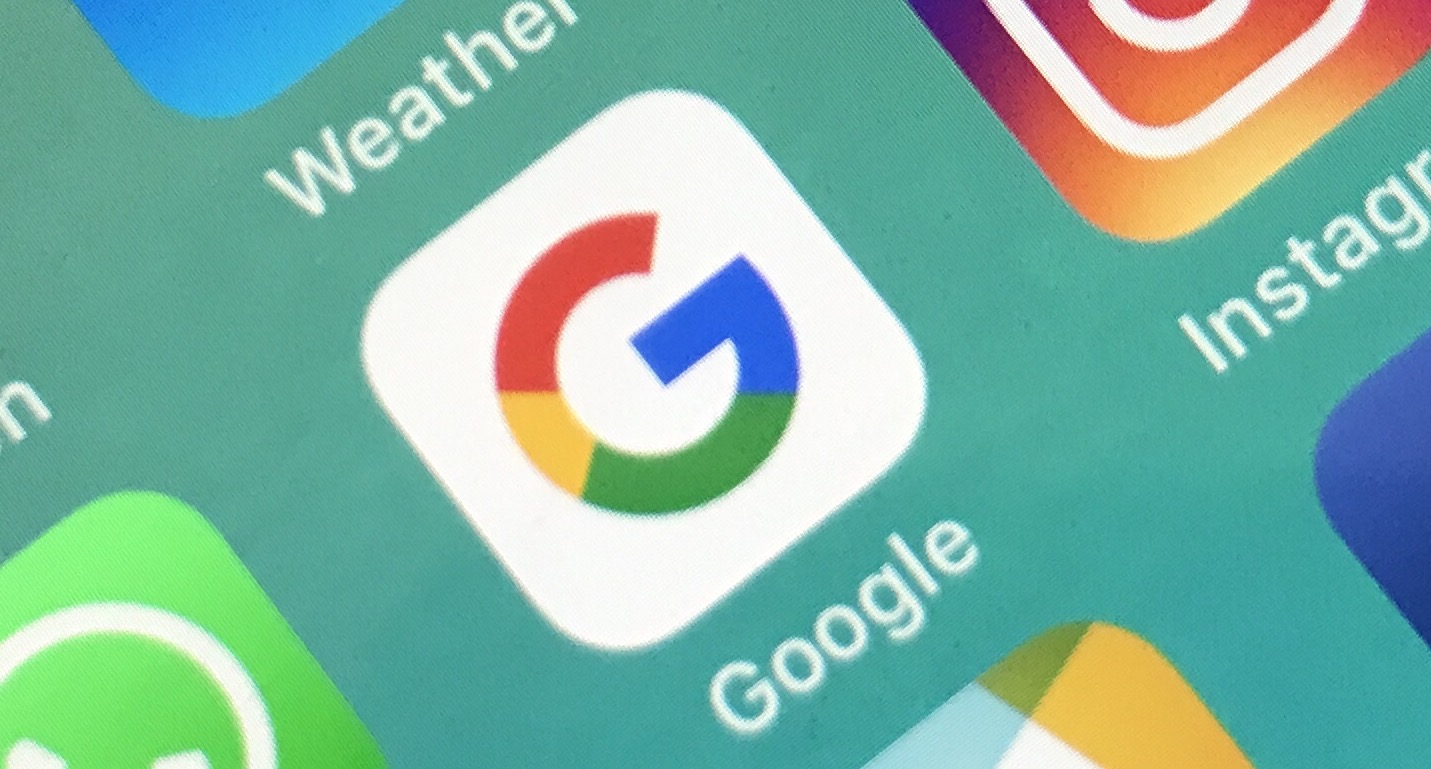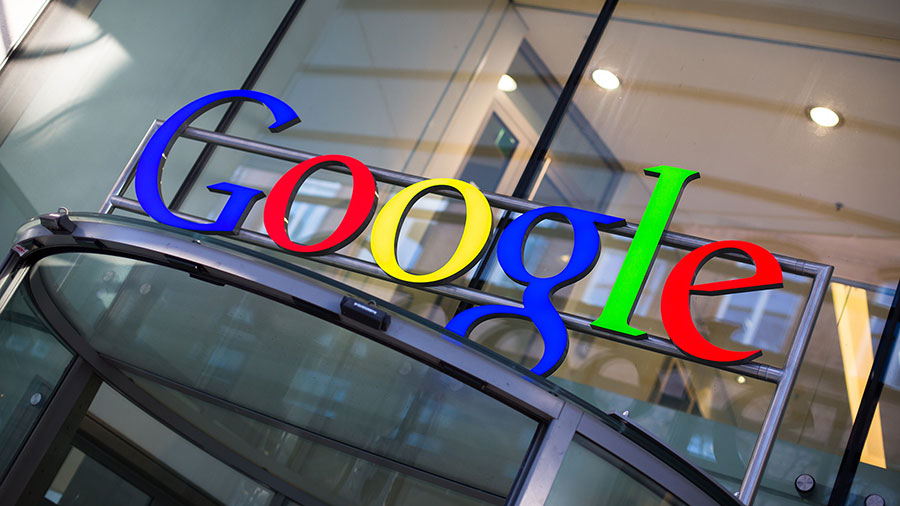Google gets serious about pushing AI forward
Smart algorithms have taken technology giants a long way. The next-generation technology has helped companies like Google dominate search and create the first software with the effort to conquer the complex board game that goes by the name of God. According to the latest report, the search giant is apparently betting that algorithms can now understand images and text. The company can thus make use of such a system to draw business to its cloud-based services. Furthermore, they can even create augmented reality favourite. The Alphabet Inc-led firm reportedly plans on promoting the users to search for the use of their smartphone cameras. However, some of the algorithms that Google is staking at the moment is reportedly not dependent on the actual smart technology.

Google’s machine learning system functions on material scoured from certain fatty portions of the world, including the U.S. They end up stumbling more frequently on data from lesser-known countries such as India. As we already know, Google is already counting on markets like India to maintain its growth. “We have a very sparse training data set from parts of the world that are not the United States and Western Europe,” says Anurag Batra, a product manager at Google. When Batra travels to his place in Delhi, he says that Google’s AI system is not that smart anymore. Now, he is reportedly heading a project wherein they try to change that. “We can understand pasta very well, but if you ask about dosa or anything from Korea or Vietnam, we’re not very good,” Batra says.
Google with the objective to fix the problem, is reportedly tapping on brains of its users. The search giant is building an application which is called Crowdsource. The platform is reportedly asking people to perform quick tasks such as checking of the accuracy when it comes to Google’s image-recognition and translation algorithms. The Crowdsource application will also be asking users to capture and upload images of nearby objects. Batra goes on to state that the system is going to help Google in improving different applications such as image search, camera apps or its Lens application.
The company also plans on offering augmented-reality features and information on monuments and other objects. The company is just like any other technology giant that is actively working toward machine learning and its development. However, the firm reportedly pays contractors to label images that are collected online. The internet images represent a Western culture. “Things like what does a sewing machine look like in your world or what does a pair of slippers look like in your world can help us,” Batra says.
The search giant also goes on to ask users if they will allow their pictures to be released on an open-source collection that is specifically meant to aid AI research. They will also give users the freedom to review and delete their contributions later. The company, it appears, has a Bangalore-based team place that works towards promoting Crowdsource apps in the Indian market as well as others in Asia. This year, the company will be expanding the system in other regions of Asia. The platform is also being developed to Latin American markets. According to Batra, the program could be essential to aid Google’s ambitions as far as the augmented reality technology is concerned. The company wants to be able to handle Taj Mahal and other such places well through the help of their software. “Using the Crowdsource app shows the breadth of Google’s interest in understanding the world and people’s lives in it,” notes a report by WIRED.




